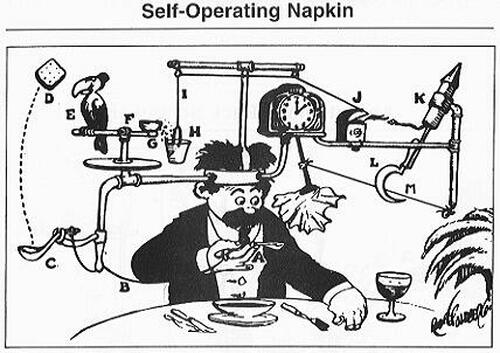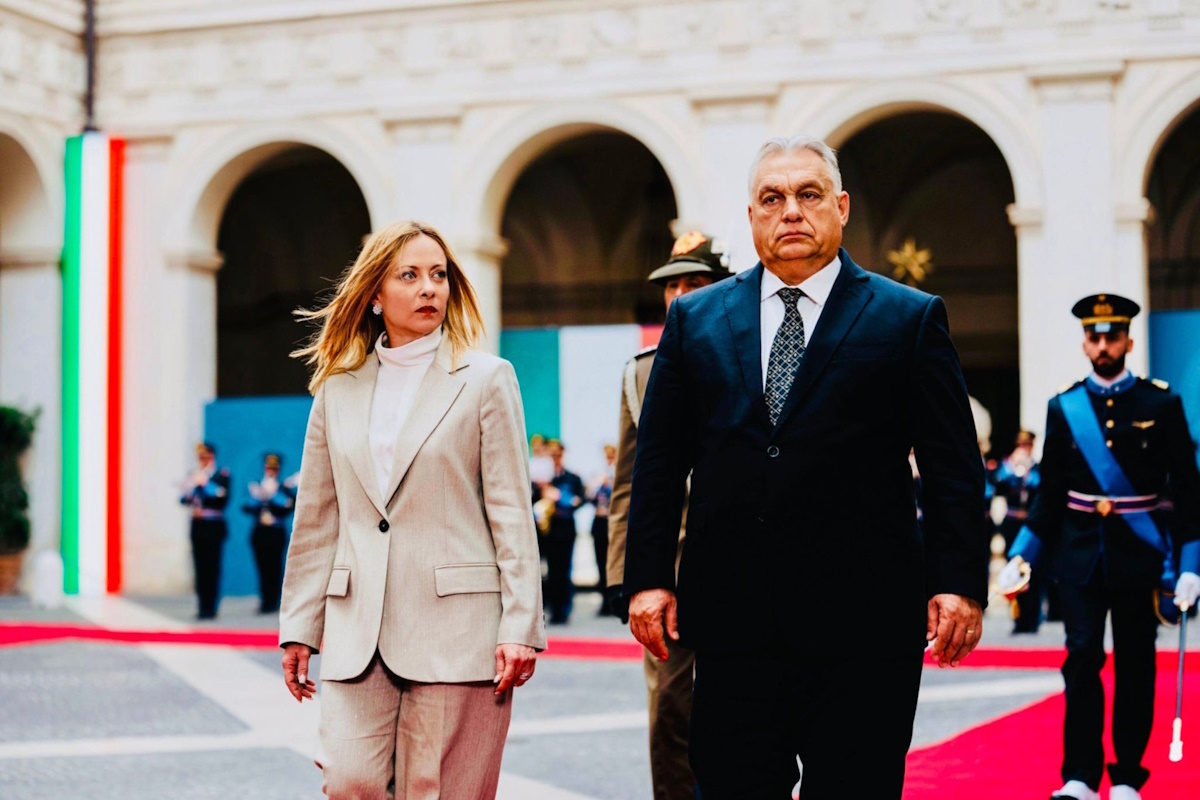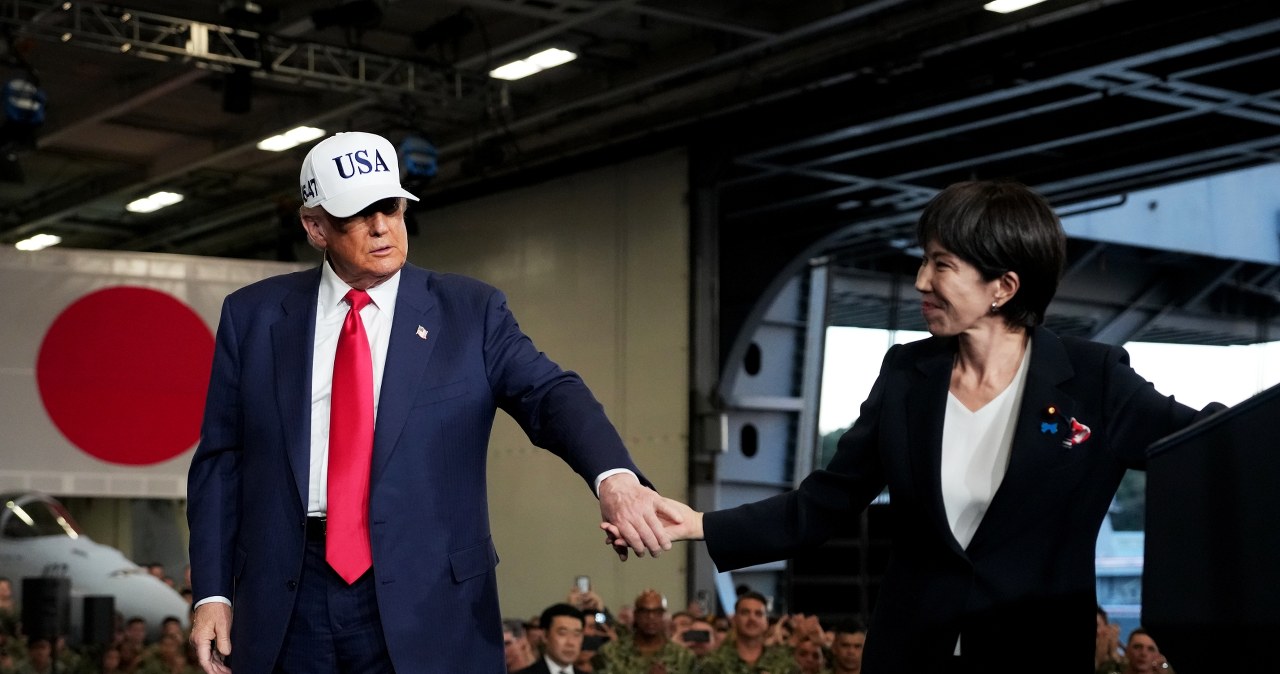
Alvin Bragg And The Art Of Not Taking Law Too Seriously
Authored by Jonathan Turley,
Rube Goldberg, the inventor of bizarre machines that performed simple tasks through dozens of mechanical steps, was once asked about the essence of creating such fantastic, illogical machines. He replied “An inventor is simply a fellow who doesn’t take his education too seriously.”

After the first week of testimony, the trial of Donald Trump is increasingly looking like a mad prosecution machine by lawyers who don’t take law too seriously.
I have long been a critic of the Bragg indictment as legally incomprehensible. However, I must confess that after a week of testimony, some of us have developed a weird fascination with the utter madness of the scene unfolding in Manhattan. It was not until the second week of proceedings that Bragg even revealed part of his theory of criminality. For months, even liberal legal analysts have expressed dismay that Bragg’s indictment had not clearly stated what specific crime that Trump sought to conceal by allegedly misrepresenting payments to former adult film actress Stormy Daniels.
The premise of the prosecution always had that Rube Goldberg feel. It was so implausible as to be impossible. After all, the base charge is a simple misdemeanor under a New York law against falsifying business records. Trump paid Cohen hundreds of thousands of dollars in legal fees and costs, including $130,000 for a nondisclosure agreement with Daniels.
Bragg is vague as to what should have been noted on the ledgers for the payments. It is not even clear if Trump knew of this expense’s designation as a legal cost.
However, it really did not matter, because the misdemeanor has been as dead as Dillinger for years.
The dead misdemeanor was shocked back into life by claiming that it was committed to conceal another crime. Under New York’s penal law, section 175.10, it can be a felony if the “intent to defraud includes an intent to commit another crime or to aid or conceal the commission thereof.”
For months, Bragg has suggested that the “other crime” was the violation of federal election laws, suggesting that the payment was really a campaign contribution Trump made to himself that was not properly recorded. The problem is that the Justice Department investigated that crime already and decided that it was not a viable criminal claim. It did not even seek a civil fine.
Bragg’s predecessor and Bragg himself rejected the theory behind this prosecution.
But then a pressure campaign led Bragg to green-light a prosecution roughly eight years after the 2016 campaign.
In the trial, Bragg added a type of frying pan flip to his Rube Goldberg contraption by arguing that Trump may have been trying to hide his violation of another dead misdemeanor under yet another New York election law prohibiting “conspir[ing] to promote or prevent the election of any person to a public office by unlawful means.”
In other words, Trump was conspiring to try to win his own election. This even though the notations were made after he had won the election, and even though Trump was running for a federal, not a state office.
So again, what is the unlawful means?
The machine then flips you back to the beginning — seeking “to influence the election.” There are still the federal election violations, but that theory was rejected after an investigation. And if it were a real crime, it would be brought by federal, not state prosecutors.
There are also the misdemeanor falsifications of business records under section 175.05. So Bragg would use one dead misdemeanor to trigger a second dead misdemeanor to create a felony on the simple notations used to describe payments for a completely legal nondisclosure agreement.
This circular reasoning is already incredibly creative, but the actual evidence used to propel this ball through the machine is even wackier. Bragg decided to start with a witness to discuss an affair that is not part of the indictment. David Pecker, former publisher of the National Enquirer tabloid, had supposedly been paid to kill a story of a Trump affair with a different woman, Karen McDougal, a former Playboy model.
Pecker proceeded to make the prosecution case even more convoluted. On cross examination, Pecker admitted that had Trump told him that he knew nothing about any reimbursement to Cohen for any hush money, that he had killed or raised such stories with Trump for decades before he ever announced for president and that he had also killed stories for other celebrities and politicians, including Arnold Schwarzenegger, Tiger Woods, Rahm Emanuel and Mark Wahlberg.
He also testified that Trump told him that paying hush money never really worked because stories still get out. And he understood that Michael Cohen was working as Trump’s personal counsel, not his campaign counsel. Finally, he testified that Trump had no direct involvement in arranging any payments to McDougal.
Pecker added that Bragg’s star witness, Michael Cohen, commonly exaggerated and often became loud and argumentative. Cohen will effectively ask the jury to send his former client to jail for following his own legal advice.
Bragg will now call to the stand Cohen, whom a judge just recently denounced as a serial perjurer who is continuing to game the system.
Even as legal experts debate what crime can be found in any of these flips and dips, Judge Juan Merchan seems content to listen as this weird machine bleeps and whirls in his courtroom.
That is why Bragg has created the perfect Rube Goldberg attraction. The artist himself explained his unlikely success by saying, “It just happened that the public happened to appreciate the satirical quality of these crazy things.”
In New York, that appreciation has moved from the satirical to the legal.
Tyler Durden
Mon, 04/29/2024 – 13:40

 1 rok temu
1 rok temu











